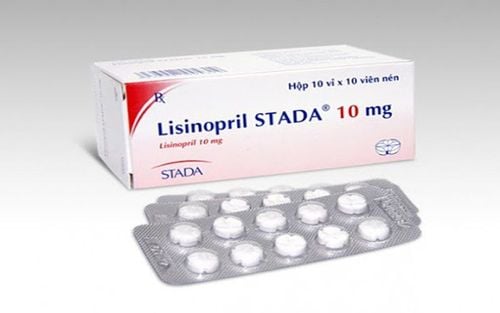This is an automatically translated article.
The article was professionally consulted with a Doctor Cardiologist - Department of Medical Examination & Internal Medicine - Vinmec Hai Phong International General Hospital.
Constrictive pericarditis is the result of fibrosis, thickening and adhesion of the pericardium, and is a secondary consequence of chronic pericarditis of many causes. This is a serious medical condition that can lead to heart failure, disability, and even death.
1. Causes of constrictive pericarditis
Constrictive pericarditis is usually caused by untreated pericarditis. The causes of empyema that can lead to constrictive pericarditis are:
Collagen diseases such as: rheumatoid arthritis, rheumatoid arthritis, scleroderma... Infections: bacterial infections (Staphylococcus aureus, meningococci, streptococci, pneumococcal, gonorrhea, tuberculosis...), viral infections (Coxsackie viruses A and B, influenza A and B viruses, varicella virus...) , histoplasmosis, parasitic infections (echinococcus, amoeba dysentery...). Among them, tuberculosis is the leading cause of constrictive pericarditis. Trauma from cardiac surgery with hemopericardium is a predisposing factor to subsequent constrictive pericarditis. After irradiation: this is a late complication of radiation therapy leading to constrictive pericarditis. Cancer metastasis to the pericardium. Increased blood urea.
2. Dangerous complications of constrictive pericarditis
The first clinical signs of constrictive pericarditis are often nonspecific, such as fainting, fatigue, and reduced exercise capacity. Some time later, the patient had symptoms of left heart failure such as dyspnea on exertion, dyspnea at night.

Patients with pericarditis often feel an increasingly enlarged abdomen, shortness of breath on exertion, and fatigue. The volume of the abdomen is enlarged due to the accumulation of ascites in the peritoneum, accompanied by digestive disorders such as bloating, loss of appetite, slow digestion.
With exercise, dyspnea increases, the dyspnea of patients with constrictive pericarditis is associated with increased pressure and congestion in the pulmonary veins and capillaries. But this elevation does not reach a dangerous level that can lead to acute pulmonary edema, because the compression-limited right ventricle cannot increase blood volume. Patients may have unilateral or bilateral pleural effusion.
If not treated promptly, properly, constrictive pericarditis will progress to a severe stage with signs similar to right heart failure, which are peripheral edema, abdominal distension and ascites. In some patients, pericarditis may progress to thickening, scarring, and spasticity. The pericardium then loses its elasticity and becomes rigid, tightening around the heart.
Without surgery, patients with constrictive pericarditis will be disabled and lead to death.
Constrictive pericarditis is a serious medical condition that needs to be diagnosed as early as possible so that irreversible damage can be prevented with treatment. Therefore, patients with constrictive pericarditis should actively visit reputable hospitals for comprehensive monitoring of their health status.
Please dial HOTLINE for more information or register for an appointment HERE. Download MyVinmec app to make appointments faster and to manage your bookings easily.













